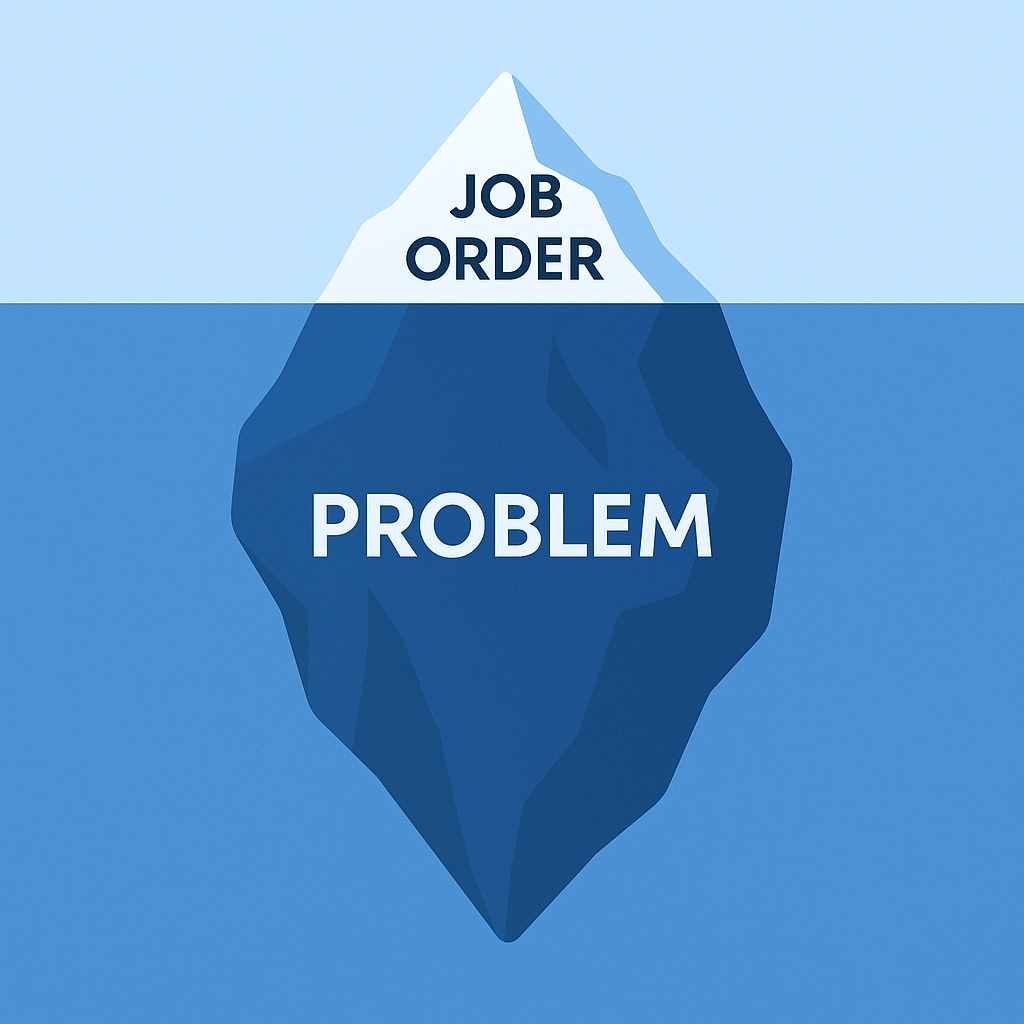Selling With Your Consultant
In my previous post, How to Prevent Unexpected Contract Terminations, I shared how systemizing consultant and client check-ins at key milestones...
3 min read
![]() Dan Fisher
:
Mar 7, 2016 12:23:36 PM
Dan Fisher
:
Mar 7, 2016 12:23:36 PM

In my blog post, A Primer on Sales Transformation for IT Staffing CEO’s & Sales Leaders I explained what  sales transformation is and I highlighted some of the common business drivers that compel staffing CEO’s and sales leaders to launch a sales transformation initiative. I also pointed out that transformation means change. Leading an organizational transformation effort is all about operationalizing change into your day to day operations so that those changes become ingrained in your culture and how you do things. The challenge with all of this lies within the leadership team's ability to effectively lead change. Below is the sales leader and CEO's guide to sales transformation.
sales transformation is and I highlighted some of the common business drivers that compel staffing CEO’s and sales leaders to launch a sales transformation initiative. I also pointed out that transformation means change. Leading an organizational transformation effort is all about operationalizing change into your day to day operations so that those changes become ingrained in your culture and how you do things. The challenge with all of this lies within the leadership team's ability to effectively lead change. Below is the sales leader and CEO's guide to sales transformation.
When it comes to launching a sales transformation initiative, the first question that has to be understood and agreed upon by the executive leadership team is:
What is the degree of change that will be required by the organization for the strategy to be implemented and sustained to achieve our stated goals?
The second question that must be asked is:
How much sales support is required to properly equip the sales team to reach our goals?
By "sales support" I am referring to how much (sales) tools and technology, content such as sales playbooks, sales training and sales coaching and reinforcement from leaders will be required to equip the sales team to successfully reach our stated sales goals.
 In most cases companies invest heavily in sales support but underestimate the amount of change management. What happens is they roll out the sales enablement tools but fall short because they underestimated the change management required to sustain change. Their change management plan falls short.
In most cases companies invest heavily in sales support but underestimate the amount of change management. What happens is they roll out the sales enablement tools but fall short because they underestimated the change management required to sustain change. Their change management plan falls short.
The other but less common scenario we see is just the opposite. The company makes a big investment in change management and user adoption but they fail to properly equip their sales team with enough content and the right tools, training and reinforcement coaching. Again, they fall short of their goals.
What every IT staffing sales leader and CEO is looking for here is time to market. In other words they want to accelerate their sales transformation initiative including the amount of time it takes to properly enable sales reps with little to no drop in productivity. Accomplishing this requires a transformational plan to effectively lead and sustain change including the senior leadership team being in alignment on the following questions:
Going back to my example of leaving the VMS and MSP market and targeting the middle-market, leaders need to consider what the sales process will be for selling into this new market and how does it differs from the current sales process. The point is leaders need to identify the degree in which they are asking their people to change their daily work routines and activities. Without identifying this degree of change, leaders can't possibly assemble a plan to support the change effort.
At this point in our sales transformation effort we have:
Next, CEO's and staffing leaders have to consider how their front line managers will reinforce and coach their people to the new process, value proposition, and messaging, etc. Senior leadership must plan out what coaching activities, team meetings and other tasks they and their front line managers will need to lead and facilitate including the frequency of each in order to reinforce and operationalize the change.
Finally, senior leadership has to ask themselves, "how will we track and measure adoption?"
Having been involved in hundreds of transformation efforts I've learned that the single most important success factor in sales transformation is ensuring front line managers are enrolled and actively engaged and operating as "ambassadors of change." Front line managers serve as the key lever that sits between your sales strategy and adoption and execution of that strategy. Gaining their buy-in is absolutely critical.
Have you noticed a trend? Successful transformation is more about how the leadership team leads and manages the change than it is about the change itself. What challenges are your experiencing with your sales transformation effort and leading change? Let's start a conversation in the comments section below.

In my previous post, How to Prevent Unexpected Contract Terminations, I shared how systemizing consultant and client check-ins at key milestones...

About a year ago, I was serving as the fractional revenue leader, managing sales and recruiting for a client.

If you’ve worked in staffing long enough, you’ve been trained to chase job orders.